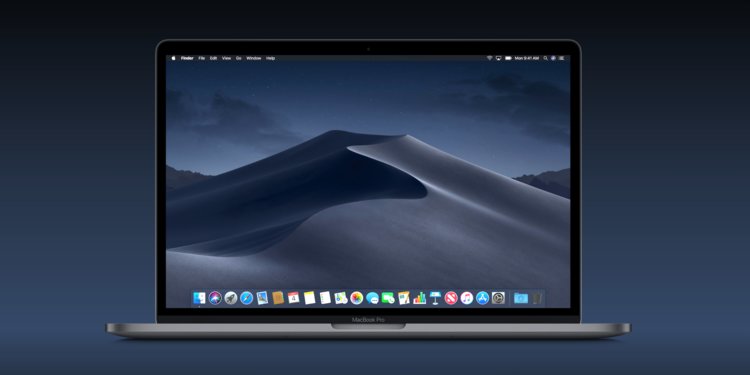


- What happened to dr. cleaner for mac? for mac#
- What happened to dr. cleaner for mac? mac os#
- What happened to dr. cleaner for mac? pro#
- What happened to dr. cleaner for mac? software#
- What happened to dr. cleaner for mac? windows#
for 90% of apps… they just leave stuff in the user Library folder or the sandboxes folder for Mac App Store apps (which i rarely buy, but that’s a different subject).I do two maintenance tasks on my computer to keep up with the deluge of junk that apps leave lying around. You can control AppTrap from within system preferences: So you may not want to leave this running all the time, but toggle it on when you are cleaning up old apps. BEWARE: THIS WINDOW POPS UP EVEN IF THE APPLICATION IS UPDATING ITSELF. You can decide if you want to delete it or not. The thing I like about this product is it doesn’t "automatic delete anything. You can expand the window to see a list of what is going to delete: Anytime an app gets moved to the trash you’re asked if you want to move the associated preference files as well. I use an open source app called AppTrap it runs a demon in the background that monitors anytime an app gets deleted.
What happened to dr. cleaner for mac? windows#
The uninstall process on a Mac is usually not critical like on a windows machine were thinks like entries in the windows registry can harm the performance. That works for most apps but can leave various “system files” on the hard drive. I agree, Most Mac app’s don’t have un-installers, and most users drag them to the trash to remove them.
What happened to dr. cleaner for mac? software#
My experience is that, sadly, I find very few un-installers with software I obtain. There are similar commands for doing things like rebuilding the Spotlight index or clearing lists of recent items if you feel the need to do so. That will run the maintenance tasks your Mac normally does at night, if it is left turned on. If there are maintenance tasks you need to do, most can be done safely via the terminal. Sadly like says, I have seen some utilitarian software titles cause incomprehensible and irreversible damage to RapidWeaver project files - with huge time and financial consequences.

It is very dangerous for a third-party app to start judging what files you need and start deleting things it thinks you don’t need.
What happened to dr. cleaner for mac? mac os#
Mac OS is engineered as a pretty clean and tidy system, by comparison to Windows. As an example, Apple felt the need to let users verify / repair disks, so they gave us Disk Utility. I’m of the opinion that if cleaning a Mac or running extra security software was deemed that important, then Apple would have already included the necessary tools to do it. Lastly, and for what it’s worth: I don’t use these apps myself and never will.
What happened to dr. cleaner for mac? pro#
There are a ton of other great ways to eek out a bit more performance from an older machine (I write Stacks on a slightly dented 2010 Mac Pro that I bought second hand for about ¼ it’s original price – but it’s quite fast after some strategic upgrades) – I’d recommend trying just about anything before using these sorts of apps. If you’re running out of hard drive space then often a new SSD is not too dear and brings a vast performance improvement over a spinning drive. Ostensibly these apps are used for “performance”, but I suspect the real practical benefits of running these apps often slim to none. As you’ve proven – sometimes these assumptions are bad ones. Some of the cleaning apps are pretty good – CleanMyMac by MacPaw gets consistently great reviews and the MacPaw guys areīut many of these apps perform lots of “magic” – moving, deleting, and changing a vast number of things on your computer that they assume are not being used anymore. These apps probably don’t delete the images out of your files – I don’t know what happened exactly, but if I had to place bet, I’d bet that one of these files was still open on your computer when the Caches folder was “cleaned”.

Stacks will try to fall back to the original image locations and the last saved data – but if those have also been cleaned up or moved… … then that’s it. Stacks stores all its intermediate data in the caches folder. The caches folder is often used by running apps and is assumed to be totally stable – this is the case for Stacks. The reasons is that many of these apps “Clean Up” the caches folder. Whenever running these types of apps run them with NOTHING else running.Įven quit utility apps like dropbox and menu bar apps. Some people only keep recent backups and that means… …lost data. The scariest part is that the changes are sometimes insidious – if you didn’t regularly work on this site then it could have been weeks before you noticed. I’ve heard countless horror stories of lost data, corrupted data, and destroyed systems. Make reliable and well tested backups before running these types of apps. Kudos to you for that diligence.įor anyone considering these sorts of utility apps here’s the recommendation from the guy that writes Stacks (me) and has to help people clean up the mess that these apps often create: So many of of these cleaning apps do terrible things.


 0 kommentar(er)
0 kommentar(er)
